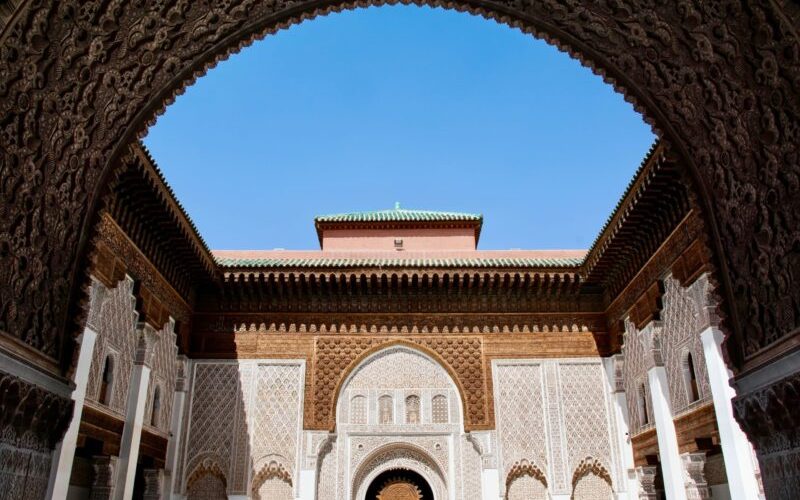Saint Bernard of Clairvaux was born in 1090 and died August 20, 1153. Saint Bernard of Clairvaux is venerated, and he was an abbot, mystic, co-founder of the Knights Templar, and a major leader in the reform of the Benedictine Monks. As you can see, Saint Bernard of Clairvaux was quite accomplished. He was also named a doctor of the Catholic Church, one of only 37 currently. Saint Bernard of Clairvaux went on the Second Crusade, where he preached. Bernard died at sixty-three. Saint Bernard of Clairvaux helped found 163 monasteries in different parts of Europe. He wrote thirty-five books. Do you think someone who lived 1,000 years ago can still have an effect?
Saint Bernard of Clairvaux Biography

Saint Bernard of Clairvaux’s parents were both members of the highest nobility of Burgundy, France. He was the third of seven children, six of whom were boys. In 1098, a group led by Robert of Molesme had founded Cîteaux Abbey, near Dijon, to live according to a literal interpretation of the Rule of St. Benedict. They established new administrative structures among their monasteries, effectively creating a new order, known, after the first abbey, as the Order of Cistercians. After his mother died, Bernard decided to go to Cîteaux.
In 1115, Saint Bernard of Clairvaux was made the abbot of the abbey at Cîteaux. After that time, Bernard spent extended time outside of the abbey as a preacher and a diplomat in the service of the pope. He became an influential and sought-after monk. When Pope Honorius II died in 1130, a schism broke out with the election of two popes, Pope Innocent II and Antipope Anacletus II. King Louis VI of France convened a national council of the bishops at Étampes, and Bernard, summoned there by the bishops. He was chosen to judge between the rival popes. He decided in favour of Innocent
In 1132, Bernard accompanied Innocent II into Italy, and at Cluny, the pope abolished the dues which Clairvaux used to pay to that abbey. Bernarard was called from the abbey frequently to resolve various disputes and schisms. In 1144, Eugene III commissioned Bernard to preach the Second Crusade; he went on that crusade and preached. On 31 March, with King Louis VII of France present, he preached to an enormous crowd in a field at Vézelay, making “the speech of his life.”
Unlike the First Crusade, the new venture attracted royalty, such as the French queen Eleanor of Aquitaine and scores of high aristocrats and bishops. Saint Bernard of Clairvaux first went to Germany, with reported miracles contributing to the success of his mission. King Conrad III of Germany and his nephew Frederick Barbarossa received the cross from the hand of Bernard. Pope Eugenius came in person to France to encourage the crusade. The last years of Bernard’s life were saddened by the failure of the Second Crusade.
Although acknowledged as “a difficult saint,” Saint Bernard of Clairvaux has remained influential in the centuries since his death and was named a Doctor of the Church in 1830. In 1953, on the 800th anniversary of his death, Pope Pius XII devoted the encyclical Doctor Mellifluus to him.
St Bernard Literary Works
Apart from the thirty-five books, Saint Bernard of Clairvaux was prolific and a great deal of things he has written survives. There are 125 sermons and 527 letters. So, it is like this saint, who lived a thousand years ago, is still alive. Listing everything he wrote here would not make sense, but it is clear Saint Bernard of Clairvaux earned the title Doctor of the Church.
Conclusion
Saint Bernard of Clairvaux was canonized just 21 years after his death by Pope Alexander III. In 1830, Pope Pius VIII declared him a Doctor of the Church. There are many churches worldwide that are named after him. He is the patron saint of beekeepers, catechists, and candlemakers.








